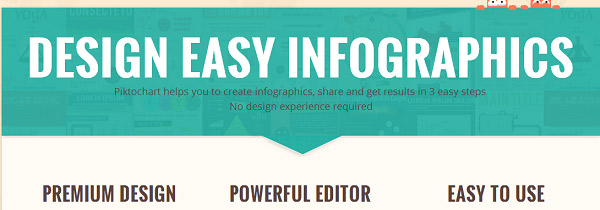It is undeniable that social media has completely changed the ways we share information. Gone are the days when loaning a book was the best way to help your friends learn about a topic. Even long form blog posts are often smothered by easy-to-understand content delivered in direct and immediate formats that are fun to read and tempting to share.
This is clearest when you look at the infographic, poster styled graphics aimed at informing people in depth on topics, similar to the way some of the more detailed posters you find in schools function. The difference is that infographics tend to give much more information than any of those posters ever could, thanks to the removal of site constraints.
Infographics engage users and attract them with stylish graphics and colors, which make readers more interested in the information that would normally be boring. Because of how easy it is to digest the information and get excited about what they present, infographics are incredibly popular on Facebook.
For a while, creating one of these infographics basically required a dedicated designer on staff, as no one gets interested in equally boring or sterile graphics without any of the style that bring infographics to life. That has changed much over the past year however, with a lot of credit belonging to the number of free tools and web applications that quickly help put together infographics with minimal design knowledge.
Crazy Pixels shared 10 of these free resources for businesses or bloggers hoping to share a lot of information in an exciting way. Of course, if you just slap something together on one of these applications, it is still going to come out bad. But if you take the time to compose the graphic and market it towards the proper audience, the rest will take care of itself.










